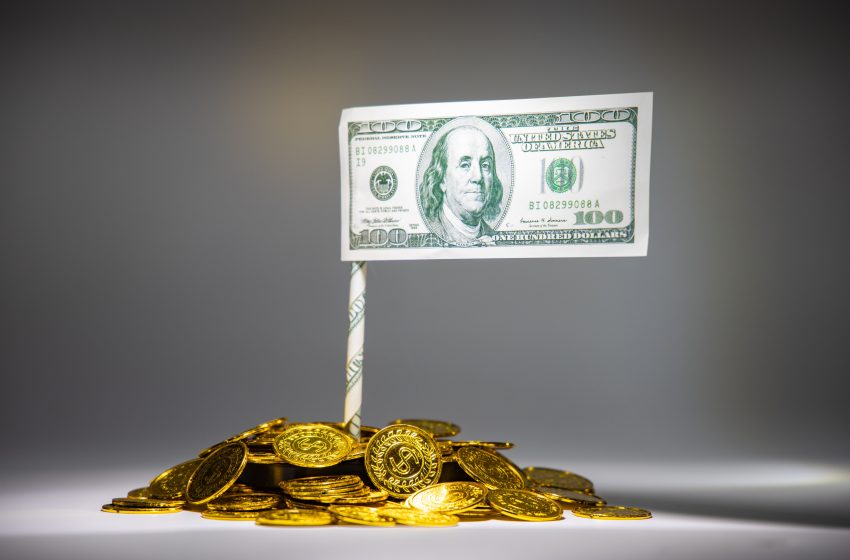
Ukraine tensions lift dollar, yuan holds firm
LONDON, Jan 24 (Reuters) – The dollar rose to a two-week high on Monday against a basket of currencies, lifted by the tension between Russia and the West over Ukraine and the possibility of a more hawkish stance from the Federal Reserve this week.
Markets were until recently not fretting about the massing of Russian troops on Ukraine’s borders, but tensions have ratcheted up several notches of late, with U.S. President Joe Biden considering boosting military assets in Eastern Europe and ordering diplomats’ families to leave Kyiv. read more
ING Bank strategist Francesco Pesole said markets were pricing more of a risk premium into the euro, with fears increasing that Russia’s stand-off with the West could prompt it to curb energy supplies to Europe.
Meanwhile, the IHS Markit Flash Composite Purchasing Managers’ Index for the eurozone, a gauge of economic health, dropped in January to its lowest since last February. read more
The euro was down 0.26% at 1130 GMT to $1.1313, while the dollar index was 0.20% higher at 95.84.
The euro also lost ground against the safe-haven Swiss franc, falling a quarter percent to a near seven-year low of 1.0317.
Another safe-haven currency, the yen, firmed 0.1% to 113.56 per dollar, a one-month high.
The dollar index has gained some 1.3% since Jan. 14. During this period, several banks have upped forecasts for the speed and size of policy tightening by the U.S. Federal Reserve.
The Fed begins a two-day meeting on Tuesday and may signal the start of interest rate rises from March while indicating how fast it will move with plans to shrink its holdings of Treasuries and mortgage debt that have swollen its balance sheet past $8 trillion. read more
Most expect the first hike to 0.25% in March and three more to 1.0% by year-end.
However, data showed on Friday speculators cut net long positioning on the dollar to the lowest since September and instead added a net $2.6 billion of euro positions. read more
ING’s Pesole said leaving aside the Ukraine situation, the dollar recovery could stall if the Fed signaled a preference for balance sheet reduction as a means to tighten policy.
“If markets see the Fed willing to let balance sheet reduction do the heavy lifting, that may force a scaleback in forecasts for the number of rate hikes,” he said.
“The dollar will find more support from actual rate hike expectations than expectations of draining liquidity out of the market.”
YUAN BUCKS TREND
The Chinese yuan rose 0.2% to the highest since May 2018 at 6.328.
With China’s central bank in rate-cutting mode and property sector concerns easing, flows to Chinese markets have picked up, especially into government debt. Yields on five-year and 10-year yuan government bonds touched the lowest since mid-2020.
Commonwealth Bank of Australia said contrasting central bank stances may weigh on the yuan but nonetheless expects “China’s strong trade surplus and foreign capital inflows will remain supportive of yuan in 2022.”
The commodity-reliant Australian and New Zealand dollars tumbled. The Aussie slipped 0.5% to a one-month low of $0.71.2, ahead of Tuesday data that may show core inflation at 2.4%, the fastest rate of price growth since 2014. .
The Kiwi dollar fell to the lowest since November 2020, down 0.3% at 0.6688
Finally, Bitcoin which has halved in value since touching a record $69,000 in November, fell below $34,000 for the first time since last July.
It traded as low as $32,967, while ether, the world’s second-largest cryptocurrency, slipped to around $2,244, the lowest since July. Reporting by Sujata Rao and Alun John in Hong Kong Editing by Hugh Lawson and Mark Potter
Our Standards: The Thomson Reuters Trust Principles.



